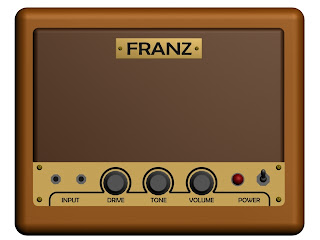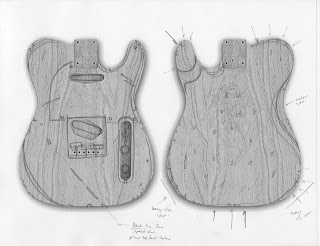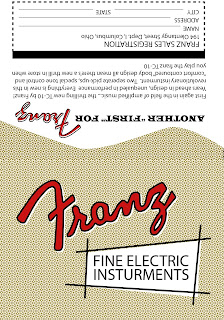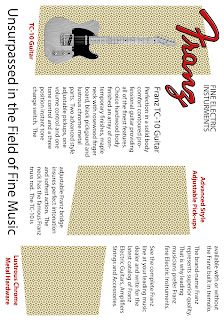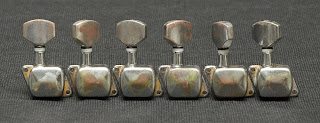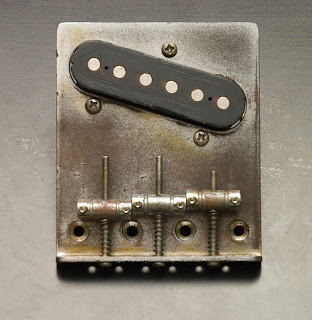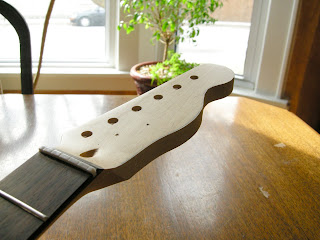I’m finding that the finishing work on the guitar requires allot of patience and I need another project to keep me busy so I don’t rush through the work and get sloppy.
I spent part of the weekend taking my grandfather-in-law to the Toledo Hamfest (Home and Mobile Radio, not honey baked) I’m not a ham, but I appreciate a good electronics themed flea market as much as the next guy. My mission was to find some hardware and a case to build a small amp to accompany the TC-10.
I got lucky and I found about everything I need to build a cool “vintage” looking amp – for $20!!!!
Here’s what I found:
philco radio with a great case $5.00 (haggled down from $10)
pignose hog 20 practice amp (not working until I replaced the fuse!) $10.00
3 bakelite knobs, vintage power switch and fuse holder $5.00
I cracked open the pignose, solved the fuse issue and found a suitable power supply. It came with a mismatched 15v laptop power brick. It sounds great for a ten dollar investment. I broke down the amp so it can be mounted in its new home. The hog 20 has the option of battery power and also has two 6v sealed lead acid batteries, I’m wondering if I can save weight and cost by using a NIMEM cells? A little research is in order.
Here are photos of the booty in all it’s vintage splendor:
Philco case, pignose speaker and guts, knobs, switch, fuse holder, and pixel the cat.
 Philco detail front
Philco detail front
 Philco detail back, the case has an awesome hinge and latch system.
Philco detail back, the case has an awesome hinge and latch system.
 hardware detail (click the image to view LARGE, the detail is great)
hardware detail (click the image to view LARGE, the detail is great)

In addition to the amp stuff, I found a huge roll of copper foil $3, a shopping list of electronic components for other projects $40?, a trashed Victrola $10, a couple of cool vintage radios $20(decoration) and tron on laser disk $2(I’m a geek, I collect tron memorabilia)
I have a cool purple jewel lamp holder that I pulled from something a while ago that will look great on this project. I’ll have to find a suitable grill cloth and make a bezel of some sort, I think It will be a cool little amp when it’s finished.

